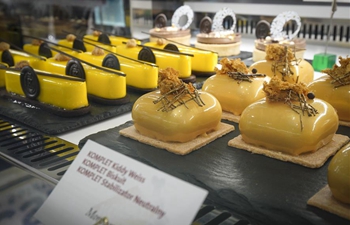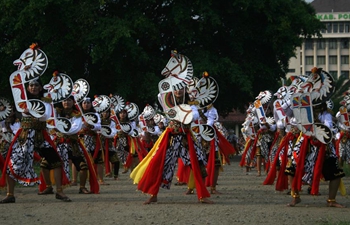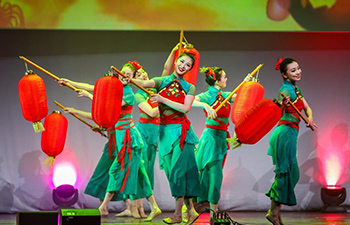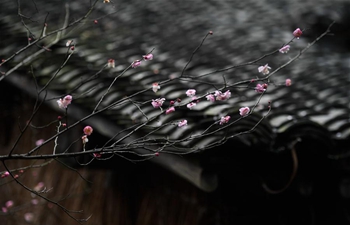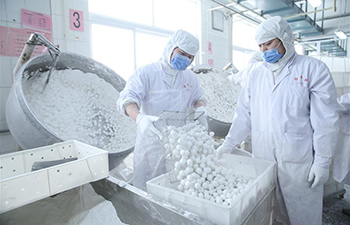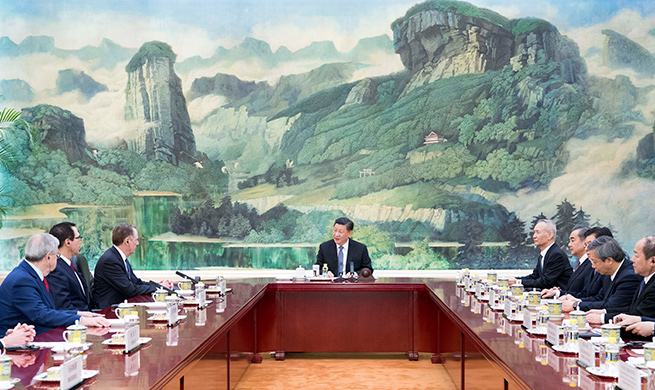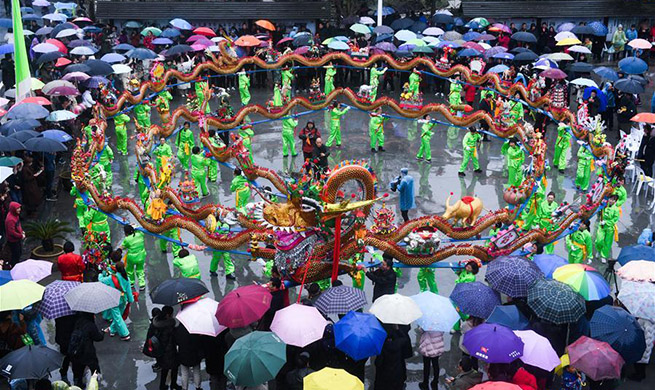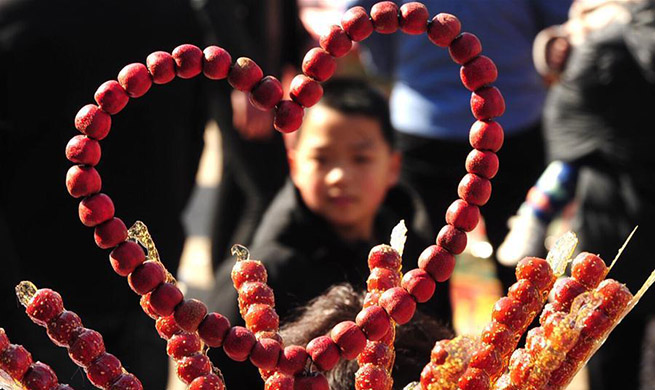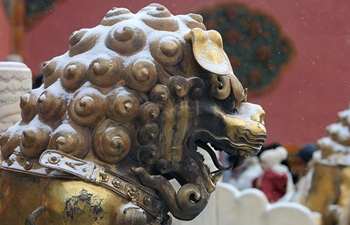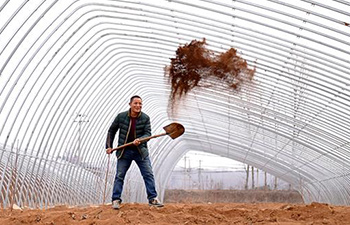by Raul Menchaca
HAVANA, Feb. 17 (Xinhua) -- A new exhibit of Chinese porcelain highlights the vitality of Cuba-China trade and cooperation, both in the past and in the present.
Havana's National Museum of Decorative Arts (MNAD) is showing more than 40 pieces of 19th-century Chinese porcelain, including items that were custom-made for wealthy Cuban families.
The show was curated by Yosvanis Fornaris, a young Cuban archaeologist who received a scholarship to study at the Jingdezhen Ceramics University in Jiangxi.
His recent research uncovered the first evidence of direct trade ties between Cuba and China, reflected in some of the exhibit's beautiful tableware.
Luisa Calvo owned more than 200 pieces of the tableware collection.
Trade in Chinese porcelain has provided concrete proof of the bilateral ties that existed between Chinese merchants and craftsmen and their Cuban clients, Fornaris said.
"China did not know about Cuba. This marks the first time that China finds out about Cuba, at least as demonstrated through art," Fornaris told Xinhua.
Cuban buyers were either aristocrats in the service of the King of Spain or simply rich enough to afford having fine Chinese porcelain imported from Asia.
Cubans who were granted noble titles would often celebrate their social ascent by commissioning elaborate tableware via Spain, which had a commercial office in the Philippines, very close to today's Guangzhou, a vital export city for Chinese porcelain. These commissioned works are the first known trade exchange between the island and China.
In addition to traditional Chinese design motifs, these works bear the coat of arms, name and title of the owner.
Chinese products regularly arrived in Cuba aboard Manila Galleon, a trade ship that crossed the Pacific Ocean, bringing silk, spices and other goods to the Americas and Europe.
The galleon would make the journey once or twice a year, from the capital of the Philippines to Spanish colonial ports in the Americas.
In his research, Fornaris was supported by Chinese specialist Cao Jianwen, his tutor for four years before he earned a master's degree in archaeology in Jingdezhen in July 2018.
With Cao's assistance and MNAD funding, Fornaris was able to put together an exhibit that showcases the exuberant richness, chromatic effect and glasslike texture of antique Chinese porcelain.
Fornaris, 35, is considered a leading Latin American expert in the field.
As porcelain is baked at 1,200 degrees Celsius, "it is a very resilient material when it comes to conservation and that is why we have so many good pieces in the museum's collection," he said.
The museum has a collection of some 1,200 pieces of Chinese porcelain.
Fornaris is looking forward to returning to China to work on his doctorate. He expects to delve deeper into the treasure of imported Chinese porcelain in Cuba.




